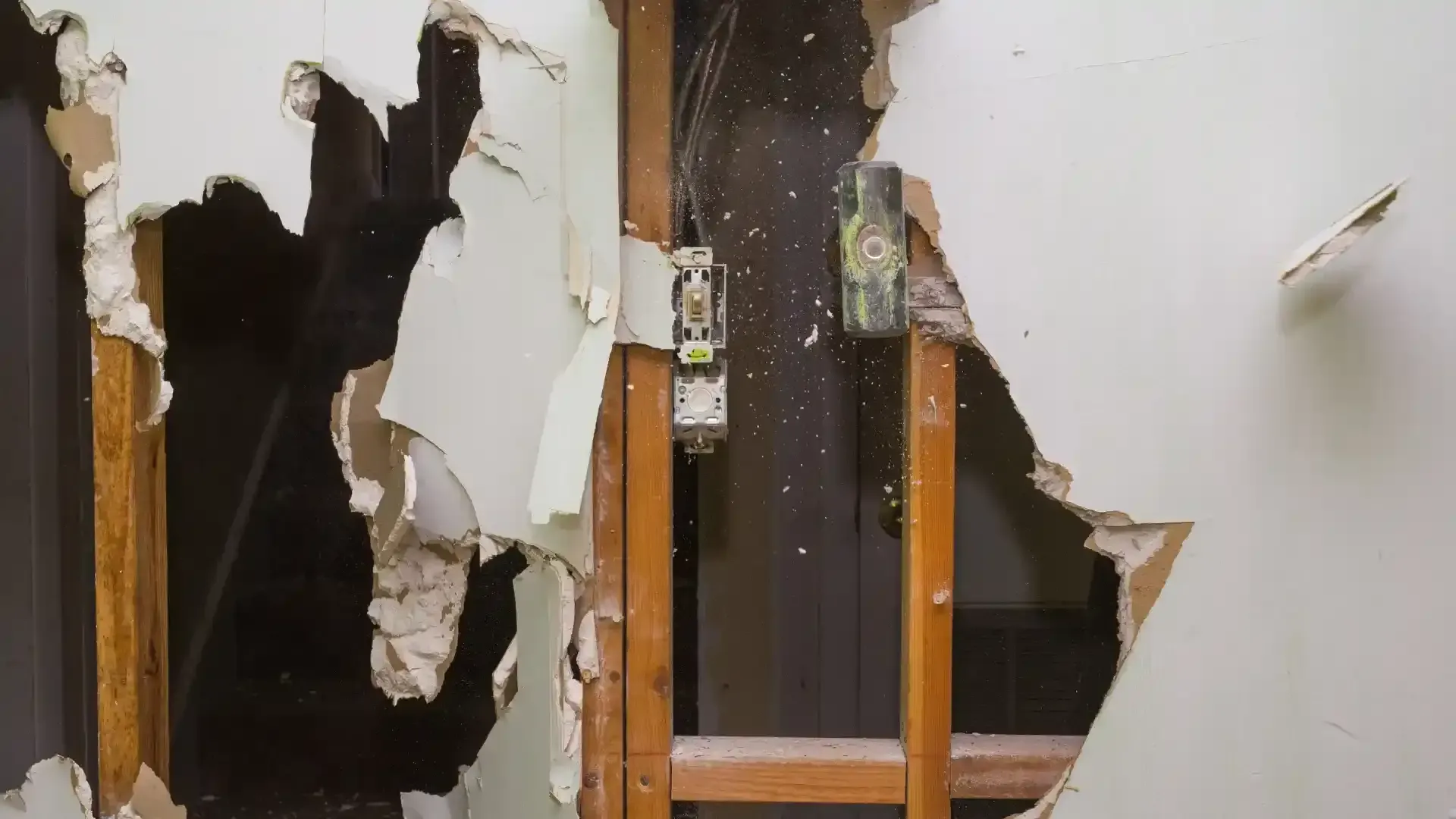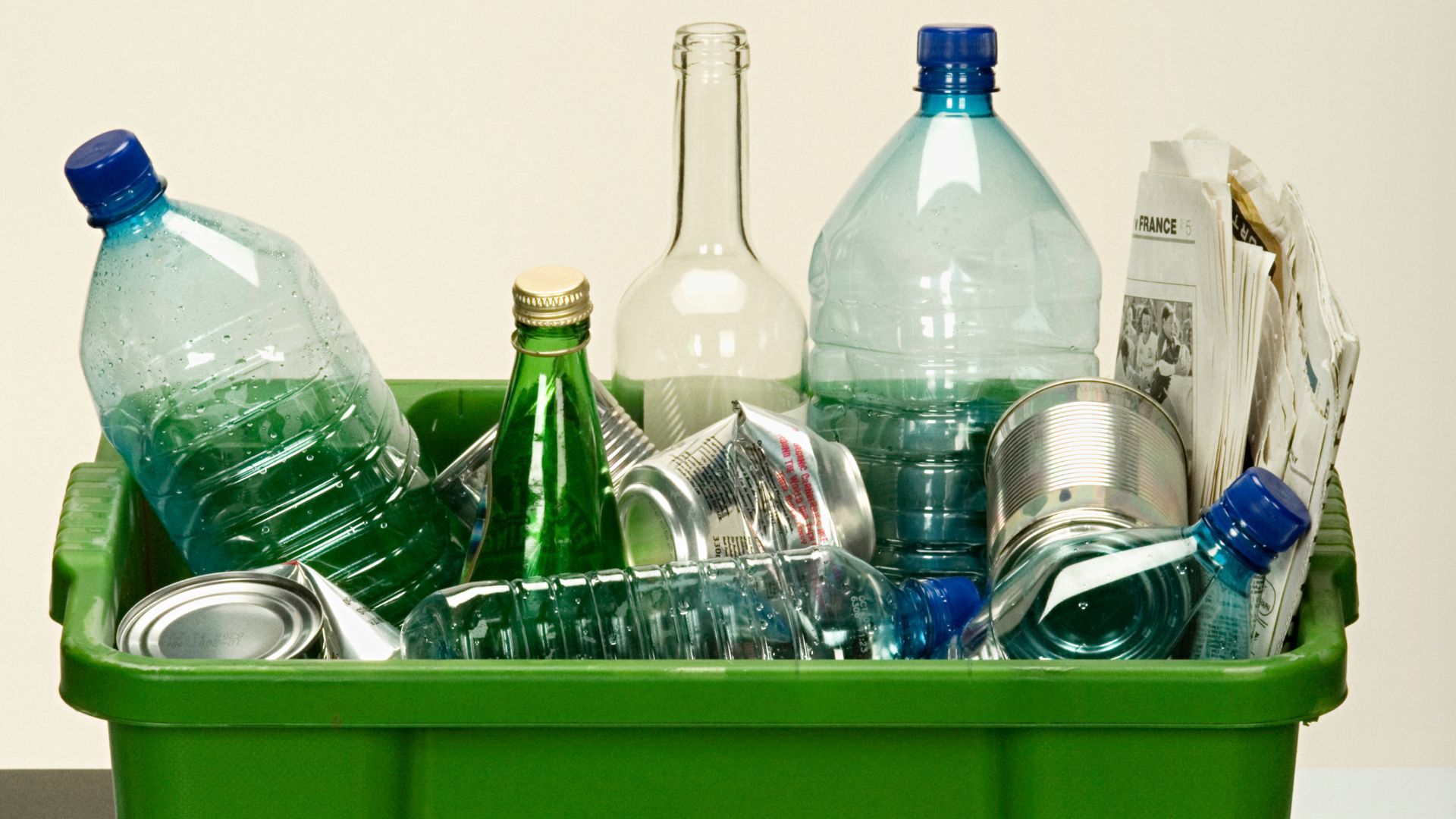Drywall Removal Augusta: Tips for Easy Home Renovation
When you're breathing new life into an Augusta home, removing existing drywall becomes more than just a task—it’s a turning point in the renovation journey. While it might seem as simple as tearing down old plasterboard, there's an art and strategy behind it. Done carelessly, it can lead to unnecessary mess, damaged studs, and even costly setbacks. But when approached with thought and preparation, drywall removal sets the stage for transformation.
This step is pivotal whether you’re refreshing a powder room or gutting an entire living area. It allows for access to electrical systems, plumbing upgrades, and insulation replacement—all while making room for the new.
Start with a Thought-Out Strategy
Drywall removal might seem straightforward, but diving in without a plan is like building a house without a blueprint. Before swinging that hammer, pause and assess your surroundings. Which walls are structural? Are there wires or pipes hiding behind the surface? You might need to peek into crawlspaces, attics, or even cut a few test holes to see what’s inside. Electrical outlets, plumbing lines, and HVAC ducts often run just behind the drywall surface, so caution matters. A quick scan with a stud finder and voltage tester can save hours of regret.
Once you understand what you’re working with, section off your plan room by room. Tackling a whole house at once sounds brave, but it leads to chaos. Prioritize rooms with the most urgent updates. Also, think ahead: where will the removed materials go? Are you storing reusable drywall temporarily? Are you disposing of everything at once? The more precise your prep, the easier every next step becomes. Smart drywall removal always starts long before a single panel comes off the wall.
Protect the Site Before Demolition
What you do before you remove drywall is just as important as how you remove it. Drywall dust is notorious—it creeps into vents, settles onto untouched surfaces, and leaves a chalky film that lingers long after the work is done. That's why sealing off the demolition zone is essential. Use painter’s tape and plastic sheeting to cover doorways, isolate air ducts, and block off adjacent rooms. The goal is to trap the mess, not let it spread.
Floors deserve just as much protection. Whether it’s hardwood, tile, or carpet, lay down thick drop cloths, reinforced paper, or sheets of cardboard to shield against falling debris. Wrap or remove light fixtures, vents, and valuable furniture—even if they're a few feet away. You’ll thank yourself later when the dust settles and cleanup is minimal. Home renovations are messy, but they don’t have to be disastrous. Proper protection ensures the demolition is contained, and the rest of your home stays a sanctuary, not a construction zone.
Emphasize Precision in Demolition
Demolition isn’t about brute force; it’s about strategy and control. The difference between a chaotic tear-down and a smooth removal lies in your approach. Use utility knives to score seams and corners. A pry bar will give you leverage without causing extra damage, and a reciprocating saw—used carefully—can cleanly slice through stubborn panels. Start your work near an outlet or light switch; these areas offer easy starting points since the drywall is already cut.
Resist the urge to pull down massive sections. Instead, break drywall into manageable pieces. This isn’t just about making removal easier—it’s about protecting what’s behind the walls. Plumbing, electrical lines, and insulation can all be hidden just inches from your hammer. Working methodically ensures you're not slicing through something expensive or dangerous. Remember, precision equals safety. Smaller pieces are lighter, easier to bag, and much less likely to cause injury or damage during removal. A tidy, focused demolition always beats a messy one. Your future renovation efforts will thank you.
Handle Heavy Lifting with Foresight
Drywall may not look intimidating, but the weight adds up—fast. Even a single panel can become unwieldy, especially when maneuvering through tight corners or stairwells. That’s why it’s critical to use proper lifting techniques from the start. Bend your knees, keep your back straight, and avoid twisting while carrying. If you're not confident lifting alone, ask for help. Having an extra set of hands isn't just helpful—it’s safer.
For larger or longer jobs, consider using a drywall lift, dolly, or cart. These tools aren't just for professionals; they’re accessible, affordable, and prevent wear and tear on your body. Many injuries during home renovations come from overestimating strength or underestimating awkward angles. If you’re working solo, cut larger panels into smaller pieces before attempting to move them. It's better to take two trips than one painful tumble. Every home project is a marathon, not a sprint. Protecting your body ensures you can finish strong—and get the job done without a trip to the chiropractor.
Keep Clean-Up Nimble with Step-By-Step Debris Removal

Letting drywall shards pile up in a corner might seem harmless at first—until they become a tripping hazard, clog up the workspace, and slow everything down. One of the smartest ways to stay efficient is by cleaning as you go. It may sound tedious, but frequent debris removal actually speeds up the job in the long run. Instead of stepping over chunks and dust, you're working in a safe, open area.
Use contractor-grade trash bags or small rolling bins to collect debris in real time. Once a section of wall is down, scoop, bag, and clear it before moving on. Not only does this help keep things organized, but it also makes final cleanup significantly less painful. Professional crews often haul away junk daily for this exact reason—efficiency and safety. When waste is out of the way, tools stay accessible, and workers can focus on what matters. The more debris-free your workspace is, the faster and safer the rest of your renovation will unfold.
Prioritize Recycling & Responsible Disposal
Old drywall doesn’t have to end up in a landfill. If kept dry and intact, gypsum board is surprisingly recyclable. The gypsum core can be processed and reused in new drywall or as an additive in agricultural and construction products. But recycling takes effort—it’s not as simple as tossing everything in a bin. To do it right, keep your drywall dry and free from contamination like paint, joint compound, or insulation.
Separate paper backing from the core when possible, and avoid mixing drywall with wood or tile debris. Some local recycling centers in Augusta accept clean drywall by appointment or with proper sorting, so be sure to check availability. If this sounds overwhelming, don’t worry—many disposal companies in the area offer eco-friendly debris hauling, taking care of sorting and recycling for you. Responsible disposal helps keep your renovation green, cost-efficient, and compliant with local waste regulations. A little extra care at this stage ensures your drywall removal doesn’t come with environmental regret.
Be Mindful of Hazardous Surprises
Walls can hide more than pipes and wires—they can conceal serious hazards. If your Augusta home was built before the 1980s, there’s a chance it contains asbestos-laced joint compound or lead-based paint. These materials are dangerous when disturbed, releasing toxic particles into the air that can harm your lungs or affect indoor air quality long after the job is done. Before beginning demolition, it's worth investing in a home inspection or material testing kit.
These tests are relatively quick and can detect harmful substances hiding in old drywall, plaster, or insulation. If hazardous materials are discovered, don’t try to DIY your way through it—hire licensed professionals who specialize in safe removal. Ignoring these risks could lead to health problems, legal headaches, or contaminated waste. Protect your family, your renovation team, and your future by treating suspicious materials seriously. Renovating an older home is exciting, but safety always comes first—especially when the dangers can’t be seen with the naked eye.
Collaborate with Contractors Early
Demolition doesn’t happen in a vacuum—it’s part of a larger puzzle that includes plumbing, electrical work, framing, and finishing. That’s why it’s so important to loop contractors in early. Before removing drywall, reach out to your electrician, plumber, or HVAC specialist. Ask what access they’ll need and when. Coordinating ahead ensures you don’t tear down more than necessary or waste time on redundant steps.
When tradespeople arrive to a site that's prepped and open, they can work more efficiently. Running new wiring or replacing old pipes becomes faster and safer when studs are exposed and debris is cleared. This early collaboration also helps you sequence your renovation properly—knowing what comes next lets you set realistic timelines and budgets. Poor planning leads to downtime, overlapping work, or costly rework. Get everyone on the same page from the start, and your drywall removal becomes the smooth kickoff to a streamlined renovation—not a chaotic guessing game.
Conclusion
For hassle-free drywall removal and debris clean-up in Augusta, GA, look no further than Hinkins Disposal. Their experienced and licensed team understands the demands of home renovation and ensures each site remains dust-controlled, clutter-free, and fully prepared for the next phase of construction. Whether you’re refreshing a single room or embarking on a full-scale renovation project, their services are tailored to meet your schedule and needs. From prompt response times to environmentally responsible disposal methods, they offer a seamless experience that helps homeowners and contractors stay on track without the added stress of managing debris.
Hinkins Disposal proudly serves the greater Augusta area, delivering competitive pricing, flexible pickup options, and a commitment to sustainable practices. They are just a phone call or email away, ready to support your project from demolition to final cleanup. You can reach them at (706) 885‑4032 or send inquiries to Hinkinsdisposal@gmail.com. Their dedication to professionalism and customer satisfaction turns the often-overlooked task of drywall removal into a smooth, reliable step toward renovation success.




